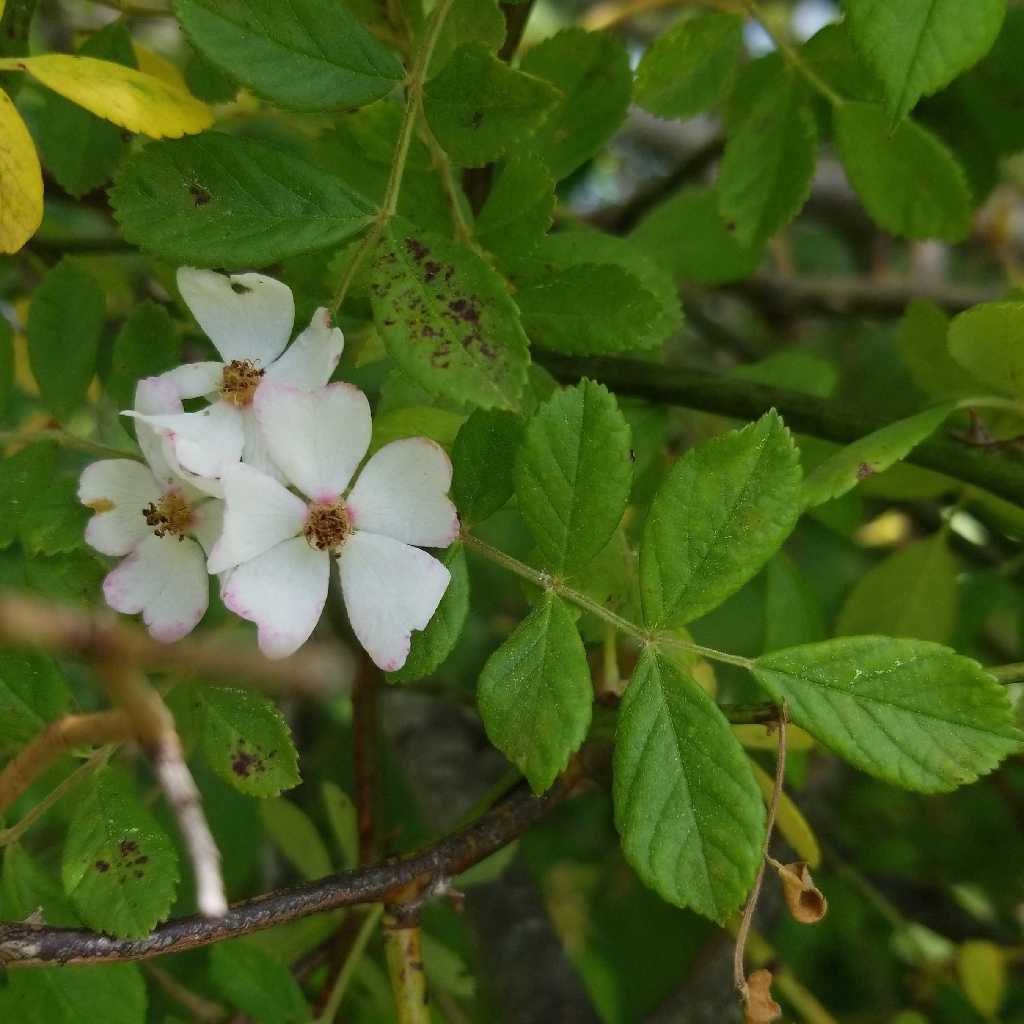A Weed by Any Other Name
"What's in a name?" A fictional young woman named Juliet once asked that question. "A rose by any other name would smell as sweet," she says.
But what if the rose is a non-native invasive plant?
 “Multiflora rose is an aggressive, stubborn landscape invader with recurved thorns along the green stems,” says Rose Hiskes, a diagnostician at the Connecticut Agricultural Experiment Station and co-chair of the Connecticut Invasive Plants Working Group (CIPWG). “And it’s a state-listed invasive plant.”
“Multiflora rose is an aggressive, stubborn landscape invader with recurved thorns along the green stems,” says Rose Hiskes, a diagnostician at the Connecticut Agricultural Experiment Station and co-chair of the Connecticut Invasive Plants Working Group (CIPWG). “And it’s a state-listed invasive plant.”






